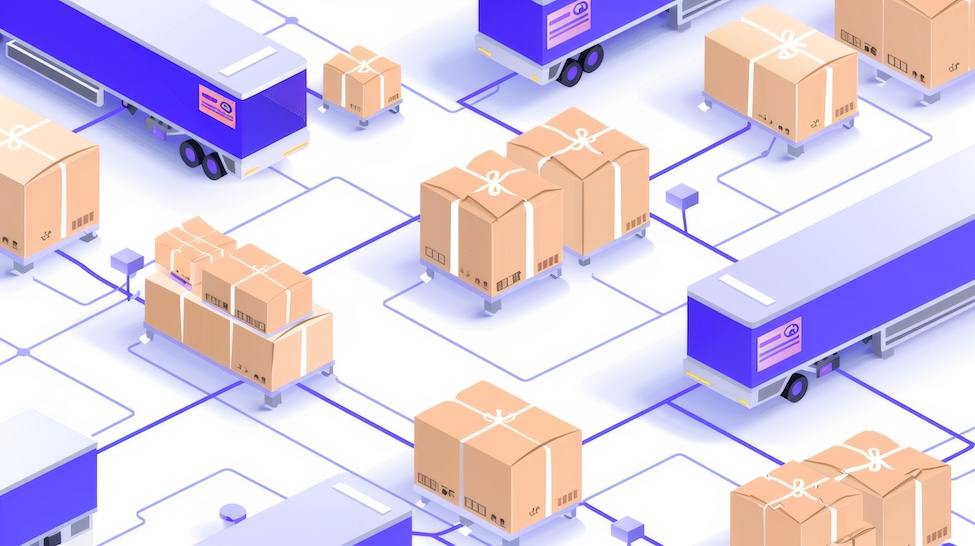GNFR / FF&E Explained – It’s Time For A Change

FF&E Meaning & History for GNFR
A little history lesson for all the new supply chain folks, and a touch into the past for the old timers. Early in my career, when I was in procurement, we purchased items and had things on the shelf to ensure we could support our needs.
Then in the 90’s the “bean counters” tightened the spending belts and decided that Just in Time (JIT) inventory was a better way of doing business and allowed them to hold their money longer and receive their goods as needed rather than the old min / max inventory levels with built in safety stock.
Many manufacturers were told that if you do not have a purchase order in hand and have built inventory on a company’s behalf, they would bear the risk if the company changed directions and did not need the materials they had pre-built, resulting in a complete loss to the manufacturer if the items were custom for that customer.
This caused a huge shift in manufacturing methodology and the lead times for the products were extended to add in the build time. This worked well while the forecasting and planning teams built out the needs for the materials came in as scheduled.
A Shift in the Supply Chain
Today, this methodology does not have the same value as it once did as the raw material lead times and availability have caused severe disruptions on the entire supply chain. Manufacturers are prioritizing runs of product based on customer demand and doing their best to get product out the door.
We have spoken with many customers who are experiencing delays to the planned projects they have committed to this year and have asked us to assist in building solutions to overcome these constraints and avoid delays. We have been successful and produced better outcomes for our customers. How is it we do this? By better planning, sourcing, storing, and delivering to our customers’ final destinations.
What Is GNFR: GNFR Meaning
First, I’ll explain that our process change is specific to GNFR / FF&E. So what is GNFR? GNFR is defined as “Goods Not for Resale” can also be referred to as Indirect or Non-product Related (NPR) depending on the organizational terminology. Essentially all three are the same thing; goods and services which are not sold to the end customer, hence GNFR.
What Is FF&E: What Does FF&E Stand For?
FF&E is shorthand for Furniture, Fixtures, and Equipment. In architecture and interior design, FF&E typically encompasses all movable or easily removed objects in a building, not including sellable products.
Standardize Your FF&E
Now that we have defined the terms and you understand how we all got to the disruptions, we can talk about potential repairs. First, it requires a lot more planning or standardization of your locations. If every location is a snowflake or custom builds, you will have a very difficult time getting away from JIT Inventory. If you can standardize and get your finance folks to buy into holding predetermined levels of inventory, you will be more successful in planning and repairing the constraints holding you back.
FF&E Consolidation Is Key
The approach you decide is up to you, you can have the manufacturer hold the inventory, however, my experience has been that manufacturers are fantastic at building, but not so fantastic at managing the rollout of materials to multiple areas. You can also consolidate within a national warehouse, consolidate within regional warehouses, or consolidate within market warehouses. Each has its advantages and disadvantages, but all produce better outcomes to supporting your needs.
Consider Regional Warehousing
A national warehouse is great for housing a few specific items in large quantities, but if your locations are more complex and have many items, one warehouse may not be able to house everything you need to support your projects. Additionally, freight can be a little more costly when support all locations out of a national warehouse. Regional warehouses allow you to spread the inventory over three to five locations, strategically placed around the country. Generally, you can store more items in these locations, and they will house the materials, pick, pack, and ship, and communicate to your through out the entire process.
In-Market Warehouses
The last is an in-market warehouse. These are generally smaller local warehouses that support projects, and you can ship everything into the locations, validate the inventory prior to starting your project, inspect for any visual damages and report out on the readiness for you to start. If this is within your budget, this works very well.
For smaller locations with large remodels needs, it has added benefits of seeding the inventory out to your locations based on your schedule in smaller amounts, and they can haul away debris from the fixture packaging or even take perfectly good used fixtures back to their warehouse for you to utilize in another location that may benefit from the fixture.
Strategic Logistic Planning & A Key Partner to Help
In closing, whether you have one location to touch or five hundred, we can assist you anywhere in North America to overcome some of the constraints you may be facing. With some thoughtful planning and discussions, together we can get you back on track to execute the refreshes, remodels, or new locations you have planned to complete on time, within budget, and without the worries of unnecessary Supply Chain disruptions.
Give us a call or chat with our customer service team, we are here to help you and can further walk you through- the process.
Thanks,
Matt Kline,
CEO, AmerTrans Logistics
Related Articles
General
Inbound Logistics Explained: Processes, Benefits & Best Practices

Efficiency is the cornerstone of business success in today’s competitive environment. Inbound logistics, a critical component of supply chain management, plays a pivotal role in determining a company’s operational effectiveness and overall performance. Inbound logistics encompasses the processes involved in receiving, storing, and distributing raw materials, components, or finished goods from suppliers to production facilities […]
Read MoreGeneral
Freight Shipping vs. Standard Shipping: Understanding the Difference

Freight shipping stands as a cornerstone of modern logistics, propelling the global economy forward through the efficient movement of goods. This essential component of commerce encompasses the transportation of large quantities of products, distinguishing itself from standard shipping methods in scale, complexity, and significance. Understanding freight shipping is essential for business owners aiming to optimize […]
Read More
